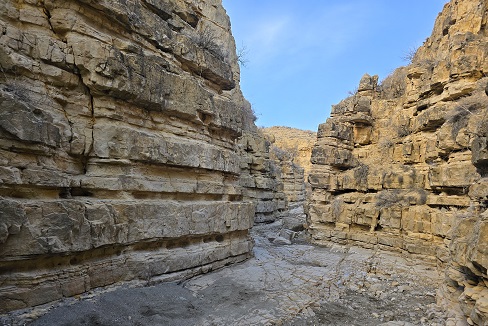- Urtsadzor, Ararat
- From Yerevan 61 km
- Jan - Dec
History
Tapi Berd was the fortress of the Urts village, which belonged to the Urts province of medieval Armenia. The first mention of the Urts province dates back to the early Middle Ages. According to Armenian historians Yeghishe and Ghazar Parpetsi, in the 5th century the province of Urts belonged to the princely dynasty of Urtsiats, and Prince Nerseh participated in the Vardanants war and was an ally of Vasak Syuni.There is no exact information about the construction of the Tapi Berd fortress. The preserved inscriptions refer to the 13th century and later. On the wall of the church there is an inscription from 1256, which mentions the place name "Tap". This is where the name of the fortress comes from. It is noteworthy that the Book of Psalms was written in the church in 1496.
The origin of the fortress is associated with the famous Armenian prince and commander of the 10th century Gevorg Marzpetuni, and it is believed that the fortress was built in the 10th century. It is often called the Fortress of Gevorg Marzpetuni .
The Tapi Berd fortress was built on the edge of the medieval settlement of Urts, on a hill, and the settlement itself was spread out below the fortress, on a plain. Few ruins of the settlement have been preserved in the surroundings. Fortunately, the fortress has reached us in relatively good condition and is one of the few surviving fortresses in Armenia. In 2008-2009 the fortress was partially excavated, and the damaged walls and church were restored. Excavations resumed in 2024.













